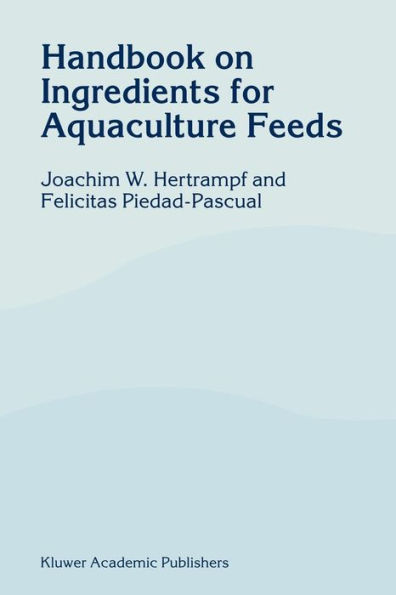5
1
9781402015274



Handbook on Ingredients for Aquaculture Feeds / Edition 1 available in Hardcover, Paperback

Handbook on Ingredients for Aquaculture Feeds / Edition 1
- ISBN-10:
- 1402015275
- ISBN-13:
- 9781402015274
- Pub. Date:
- 07/31/2003
- Publisher:
- Springer Netherlands
- ISBN-10:
- 1402015275
- ISBN-13:
- 9781402015274
- Pub. Date:
- 07/31/2003
- Publisher:
- Springer Netherlands

Handbook on Ingredients for Aquaculture Feeds / Edition 1
$219.99
Current price is , Original price is $219.99. You
219.99
In Stock

Product Details
| ISBN-13: | 9781402015274 |
|---|---|
| Publisher: | Springer Netherlands |
| Publication date: | 07/31/2003 |
| Edition description: | Softcover reprint of the original 1st ed. 2000 |
| Pages: | 573 |
| Product dimensions: | 6.10(w) x 9.25(h) x 0.05(d) |
From the B&N Reads Blog
